If you’ve ever struggled to get that perfect, dreamy portrait—the kind with soft backgrounds and gorgeous subject separation—it might not be your camera settings…
It might be your lens.
The lens you use plays a huge role in:
How much background blur (aka bokeh) you get
How flattering your subject looks
How much distortion or compression is in your image
So if you’re wondering, Which lens should I use for portraits?—this guide will break it down for you!
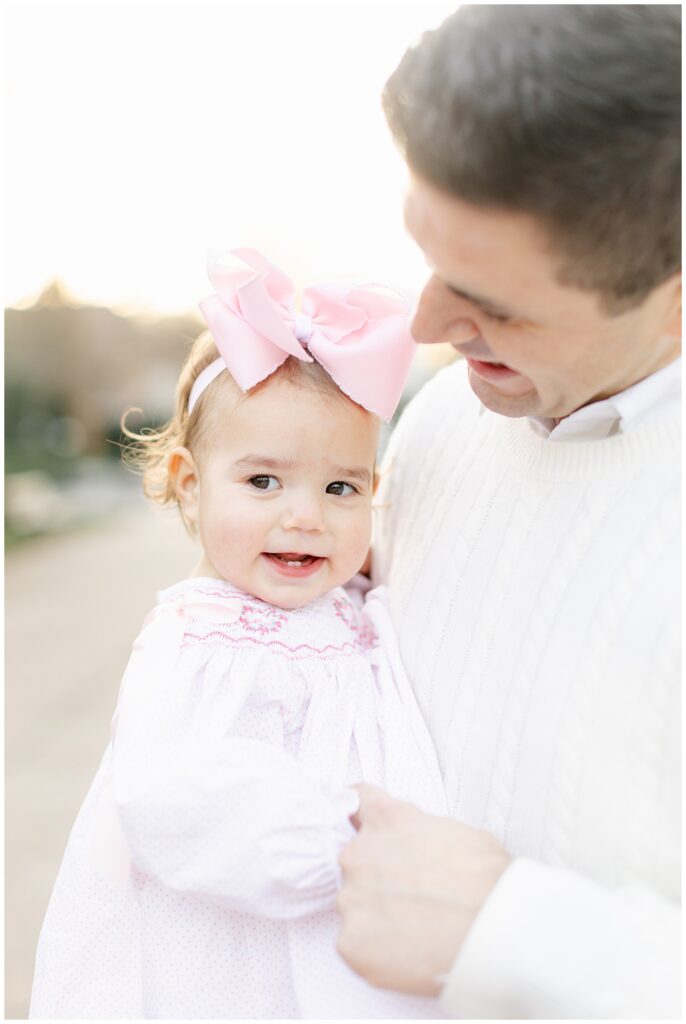
The Best Lenses for Portrait Photography (And When to Use Them)
Different lenses create different looks. Here’s a quick breakdown:
35mm – Wide & storytelling-focused (best for environmental portraits)
50mm – The “nifty fifty” is super versatile (great for both indoor & outdoor portraits)
85mm – The classic portrait lens (perfect for dreamy, flattering close-ups)
135mm & 200mm – Ultra-compressed & dreamy (for those high-end, editorial vibes)
Each lens has its own sweet spot. Let’s dive deeper.
Best Lenses for Indoor Portraits
Tight Spaces? You Need a Wider Lens.
35mm f/1.8 or f/1.4 → Great for capturing more of the environment without stepping back too far.
50mm f/1.8 or f/1.4 → If you have some space to move, this is a perfect in-between lens.
When shooting indoors, use a wide aperture (like f/1.8 or lower) to let in more light and avoid grainy images.
Best Lenses for Outdoor Portraits
Outdoors, you have more space—so you can go longer for more background blur and subject compression.
50mm f/1.4 or f/1.8 → A great all-around option with a natural look.
85mm f/1.8 or f/1.4 → Super flattering, dreamy, and perfect for portraits.
135mm f/2 or 200mm f/2 → The ultimate in background blur and professional compression.
Want that buttery background? The longer the focal length, the more dreamy and compressed your background will look.
What About Zoom Lenses?
Zoom lenses give you flexibility without having to switch lenses mid-shoot.
24-70mm f/2.8 → A workhorse lens that covers everything from wide shots to classic portraits.
70-200mm f/2.8 → Insane background compression + flattering subject isolation.
Prime vs. Zoom? Prime lenses (fixed focal lengths) often have wider apertures (like f/1.4 or f/1.8), while zooms are more versatile but usually don’t go below f/2.8.

Want More Portrait Photography Tips?
Your lens is just one piece of the puzzle. If you want to learn:
- How to create dreamy, professional portraits (even with beginner gear)
- The exact camera settings to use for crisp, beautiful images
- How to work with light for the best results (without expensive equipment)
Then you need to check out Photo Formula—my step-by-step guide to creating stunning portraits with ease.
And for a limited time, I’m offering it for 50% off!
Get it here before the discount disappears → Photo Formula
Because when you pair the right lens with the right techniques, that’s when the magic happens.
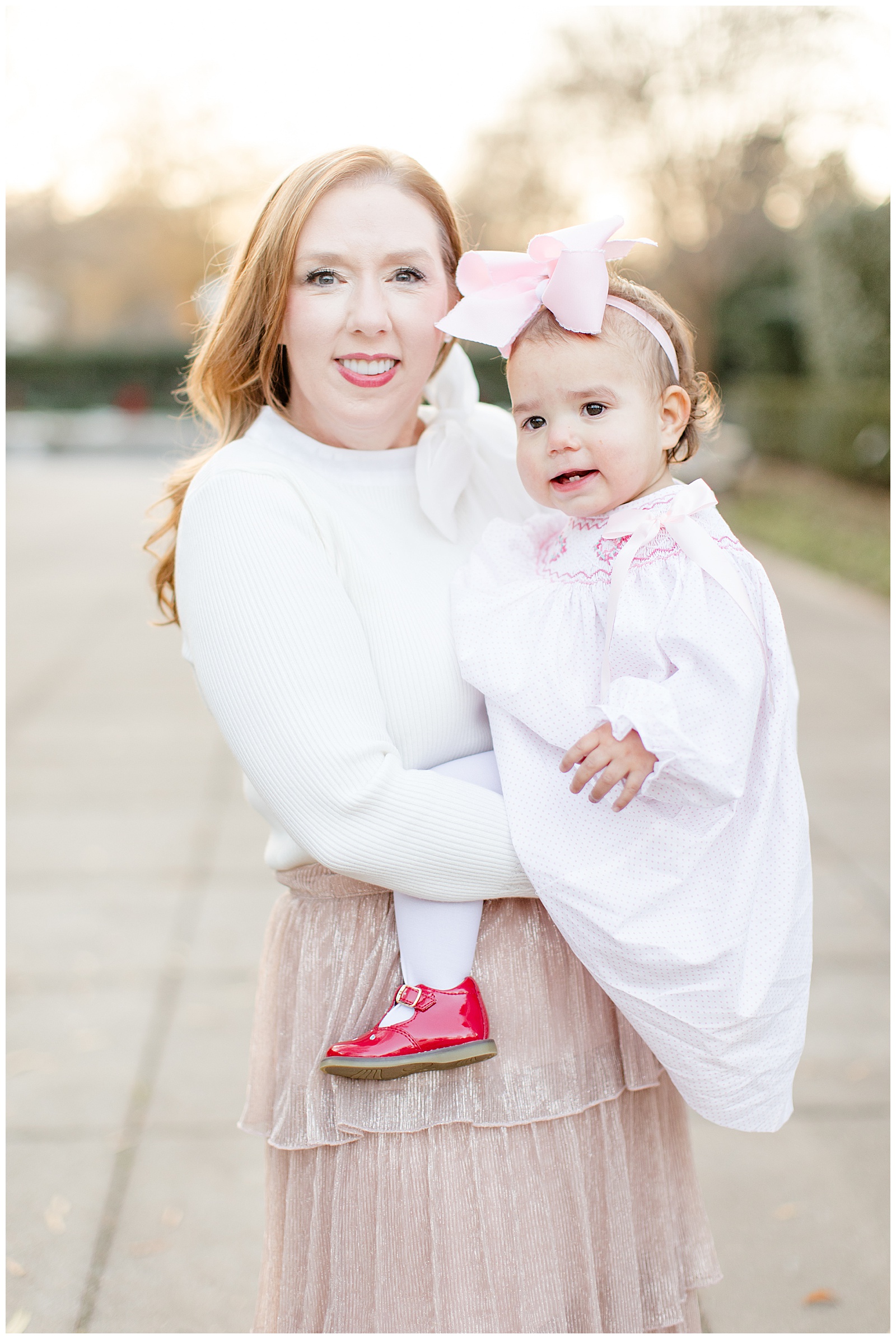
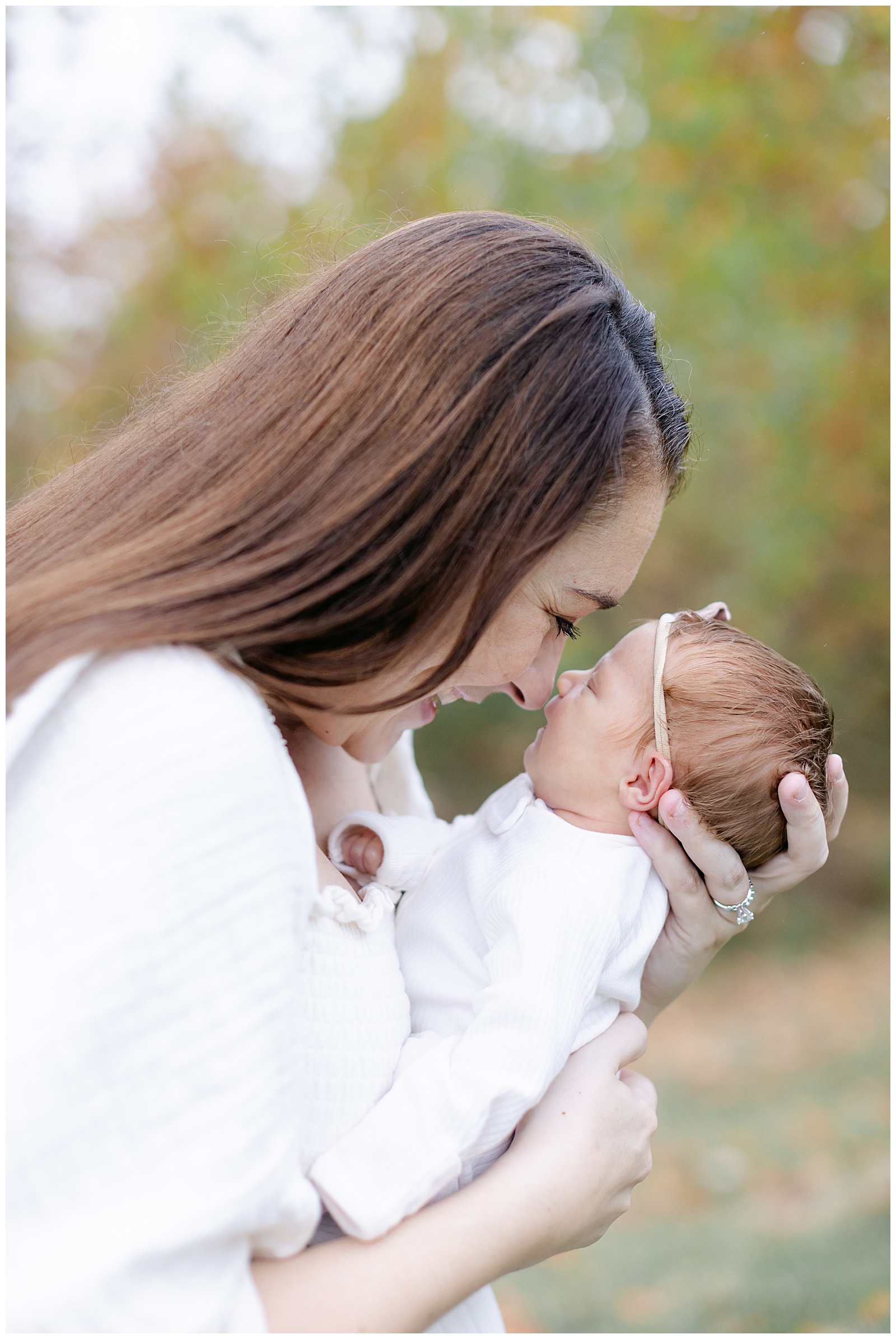


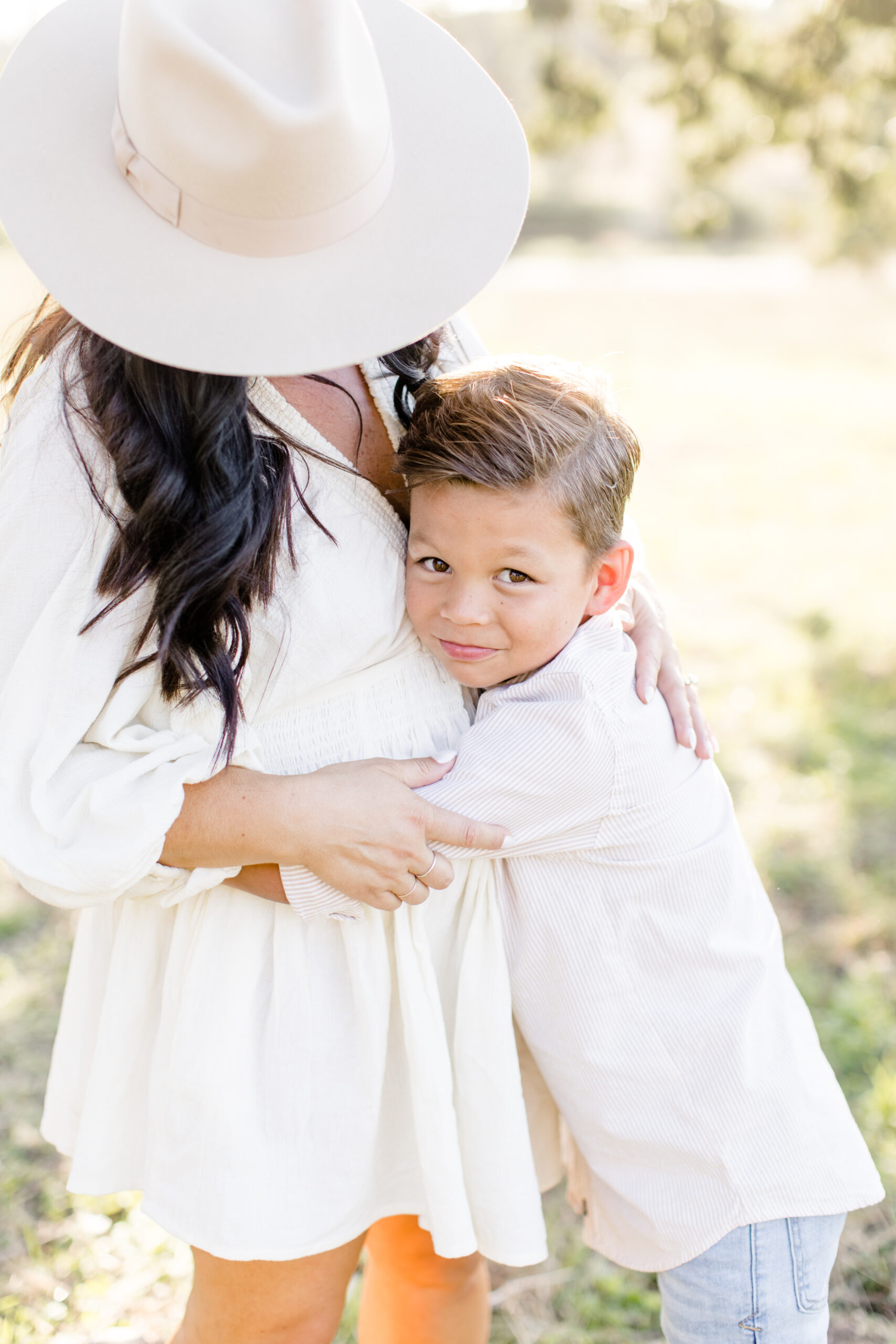
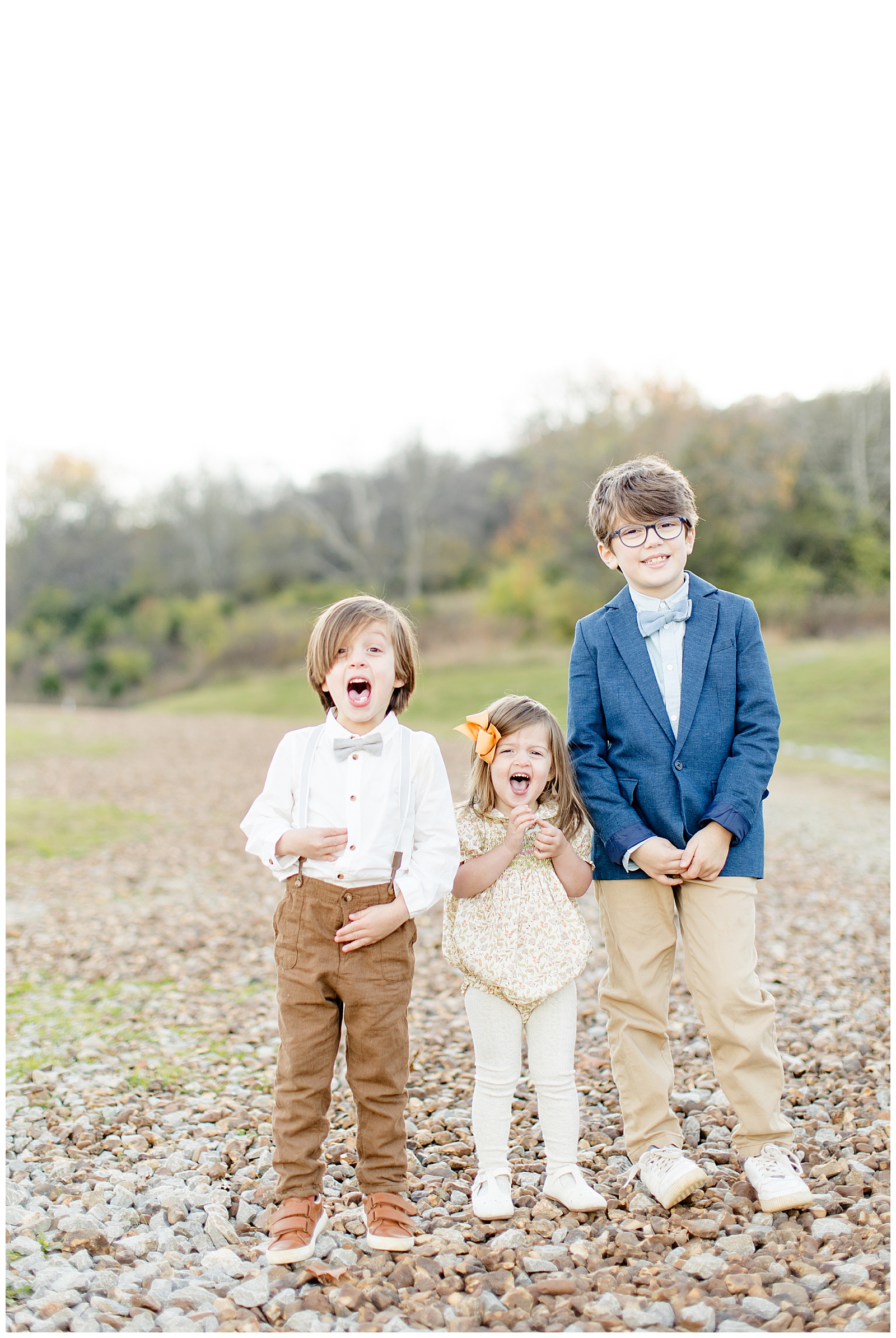
+ COMMENTS
add a comment